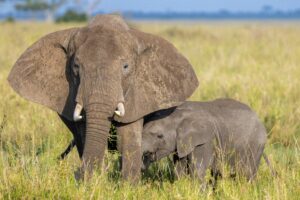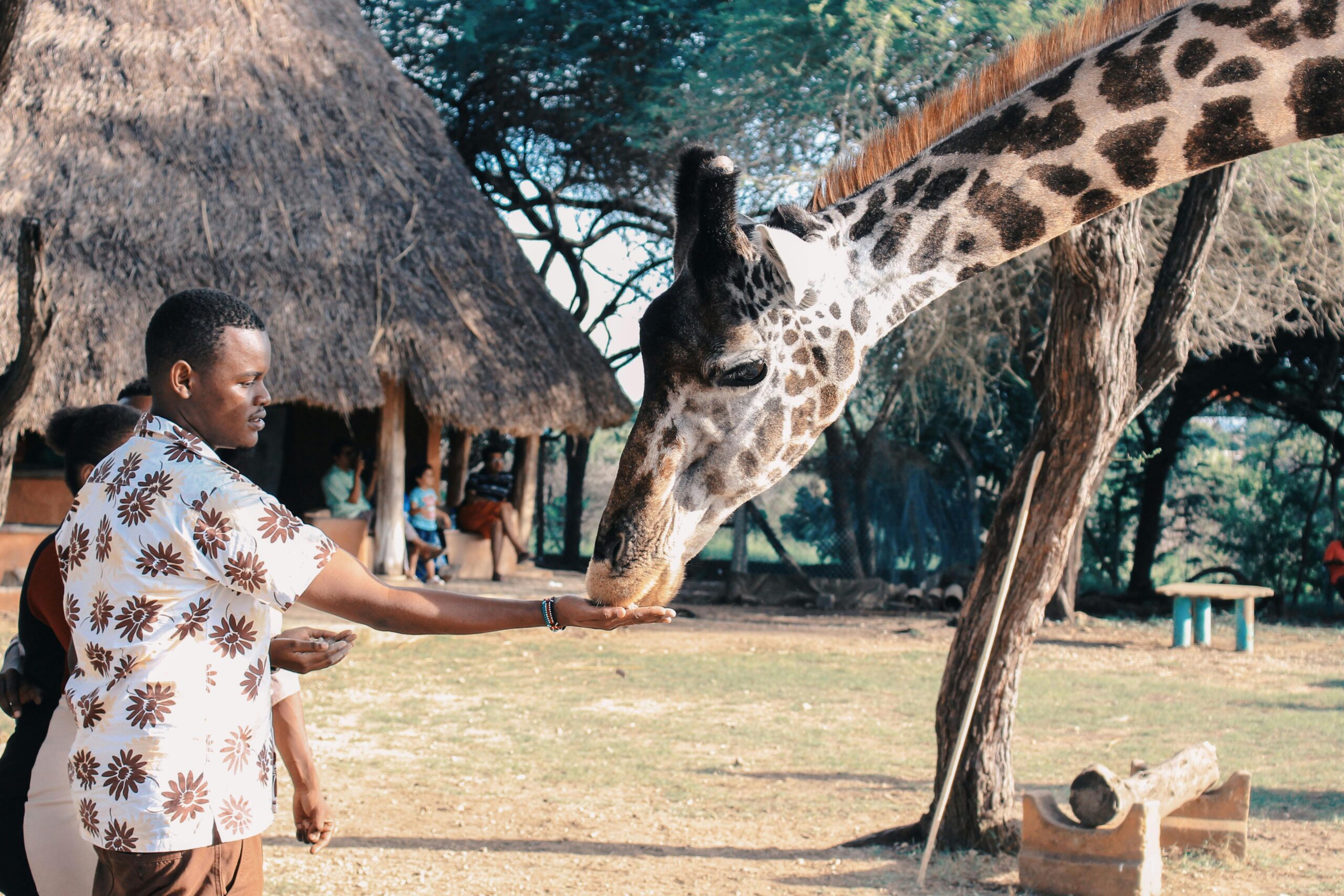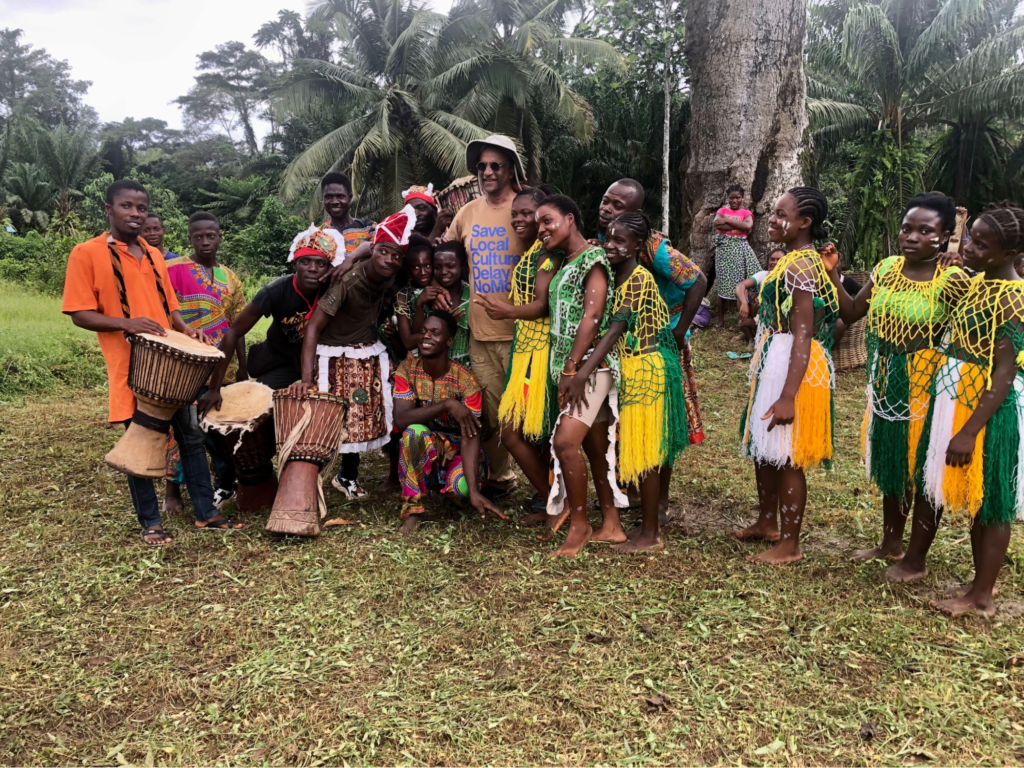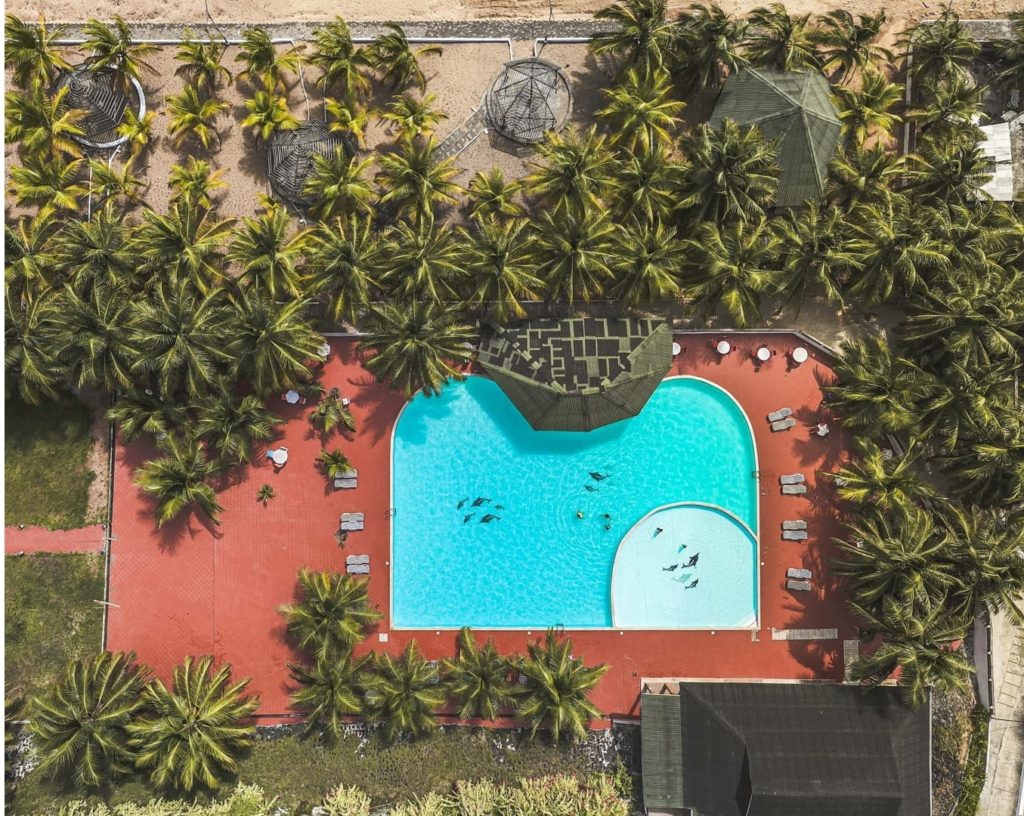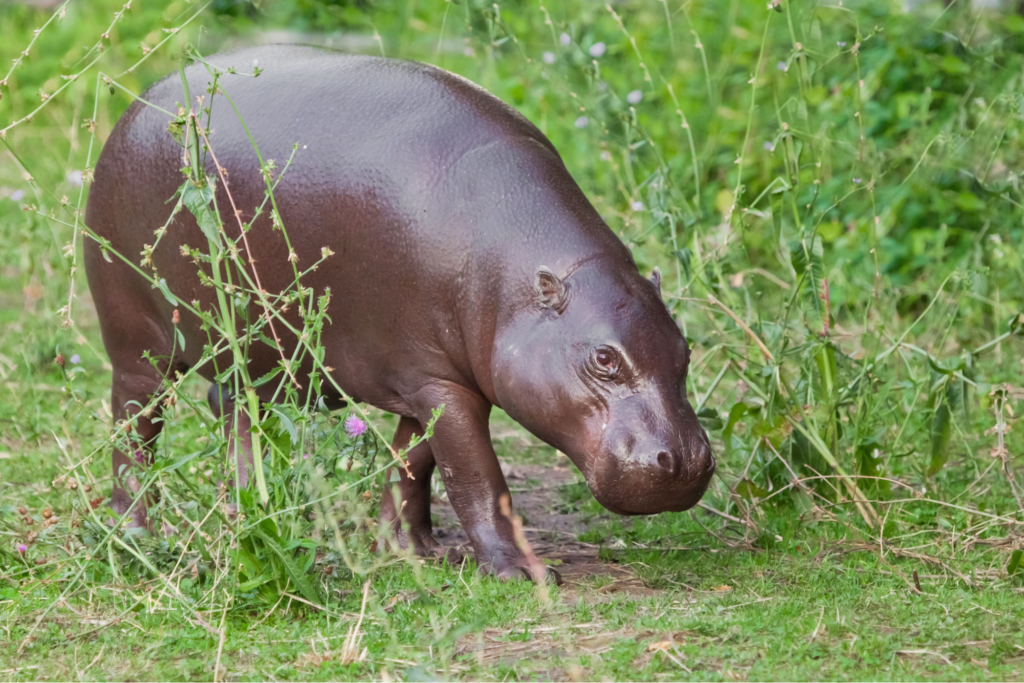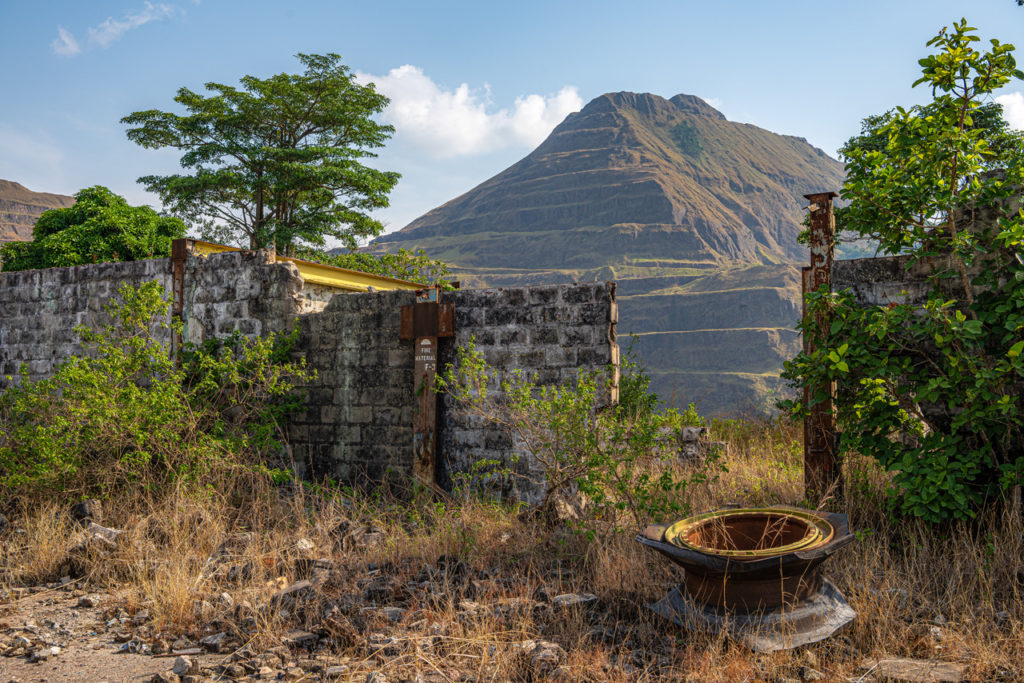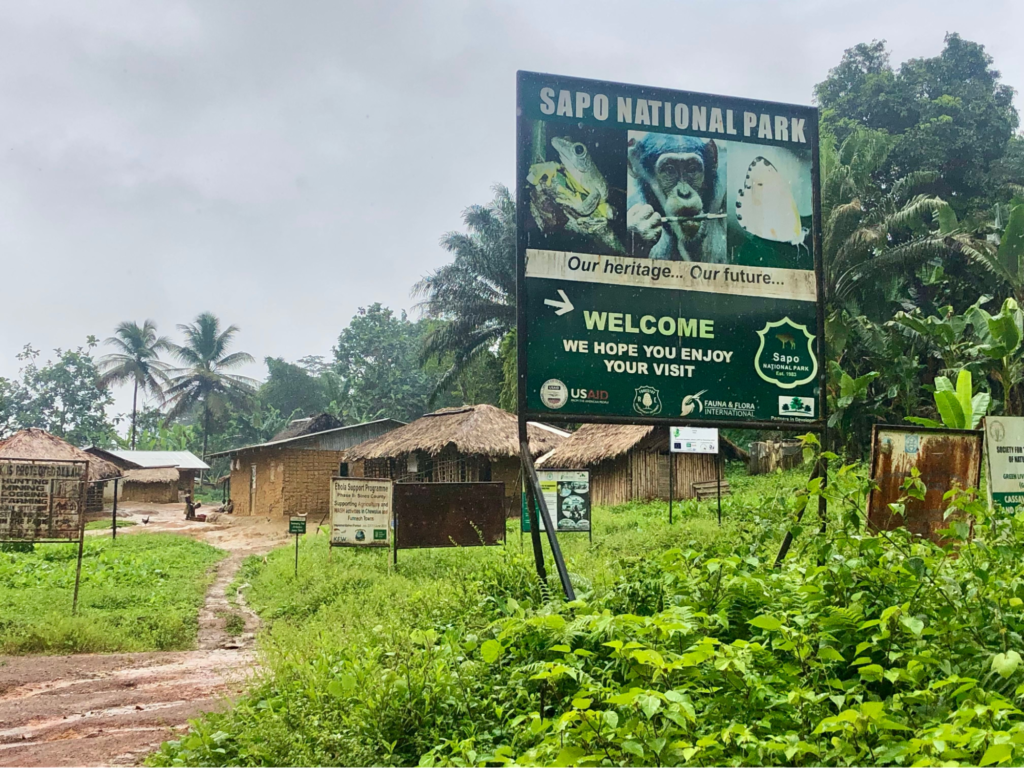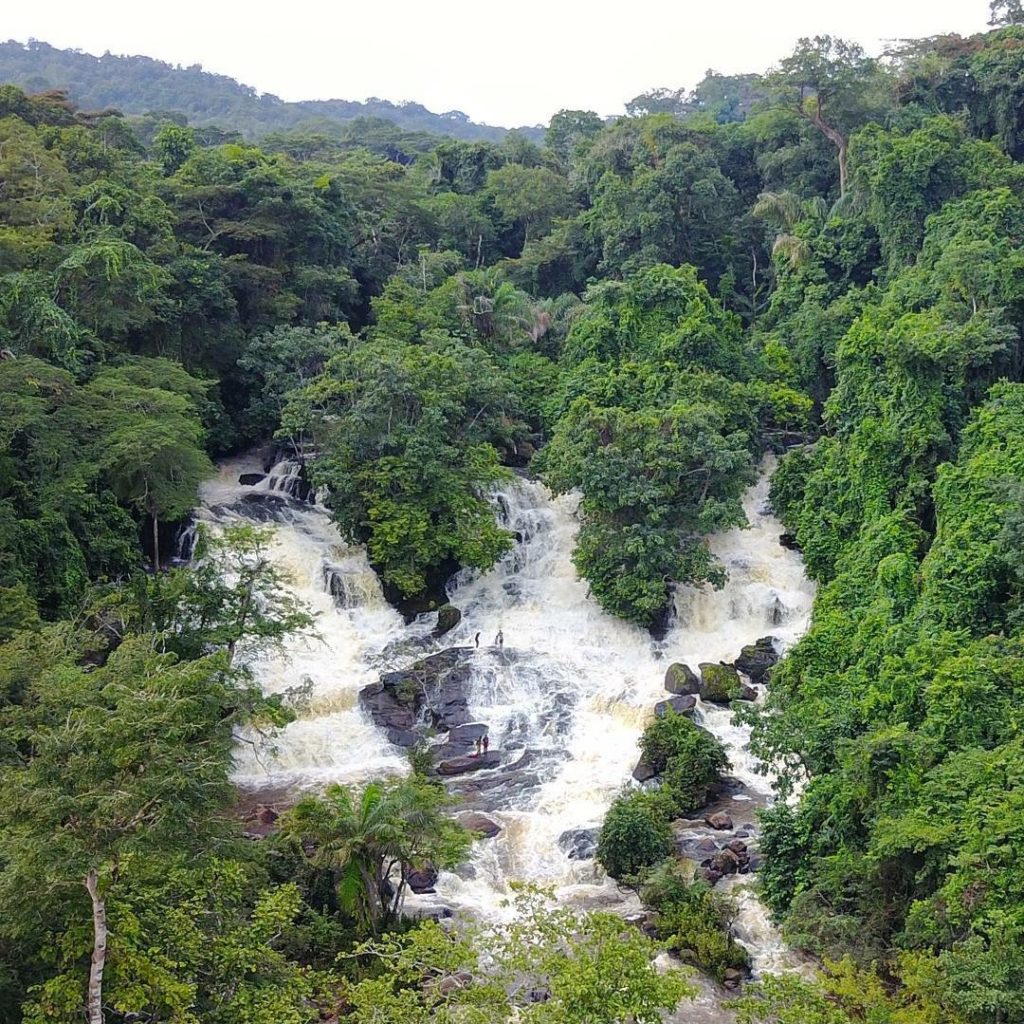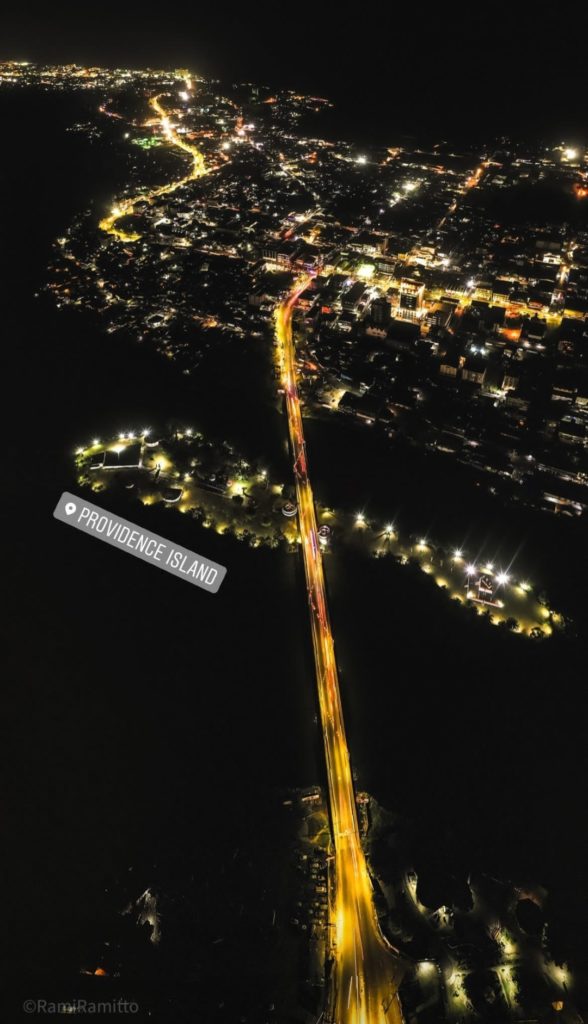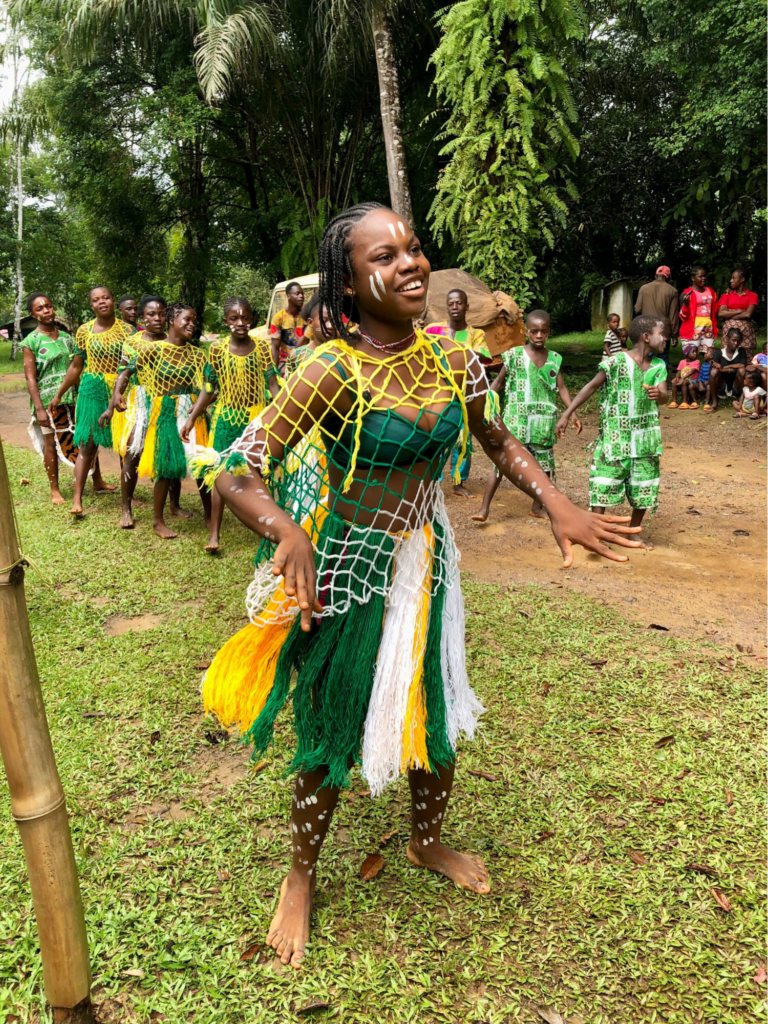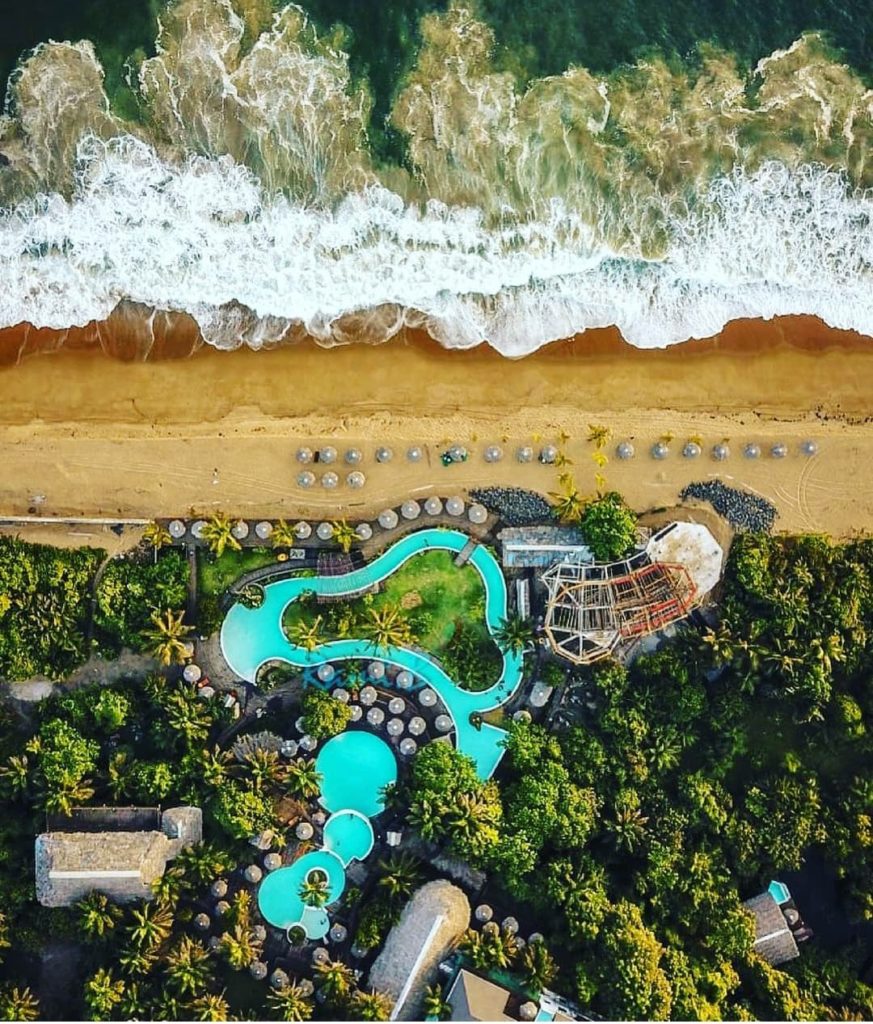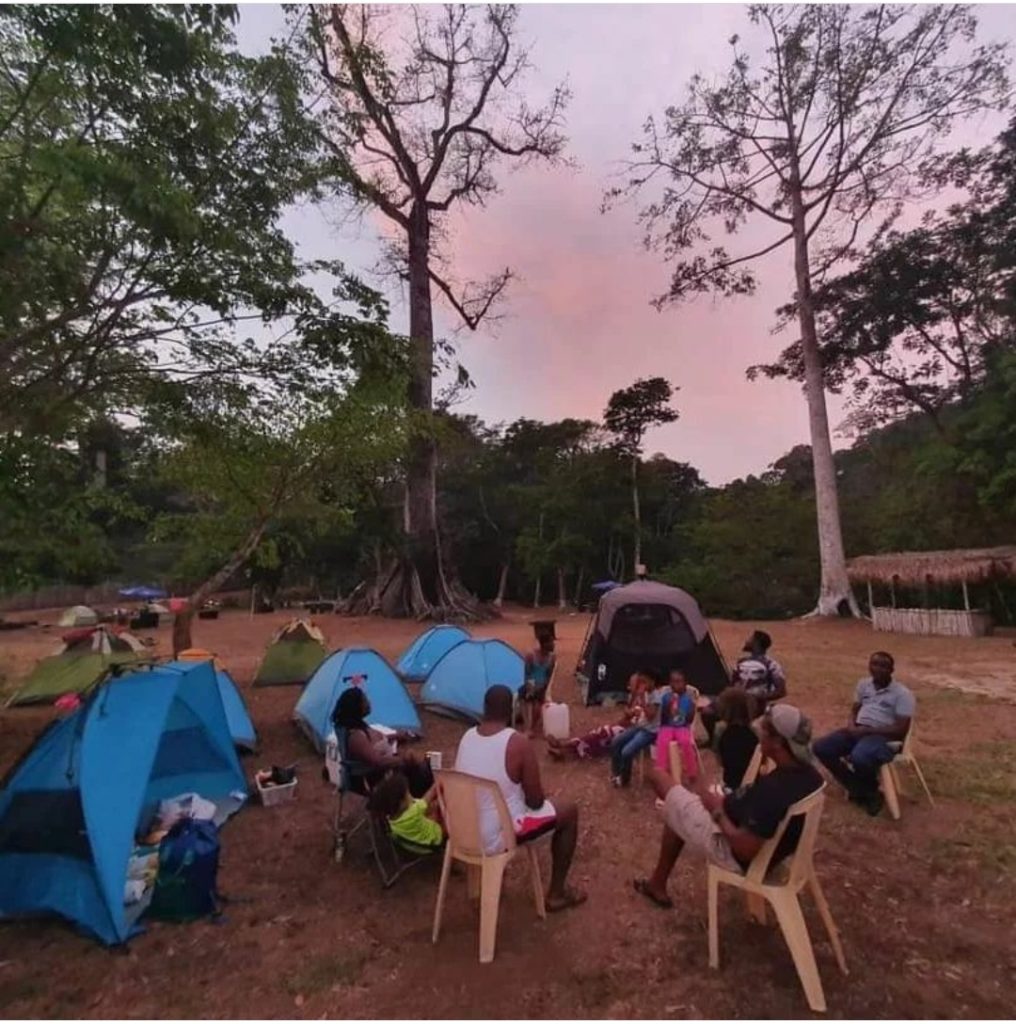East Coast versus West Coast: Travel and the Future of Tourism in Africa
If you’re a fellow traveler, you can probably relate to the allure of exploring a new destination. The budding curiosity. The ignited excitement. The anticipation of adventure. The prospect of visiting the West Coast of Africa for work (a region I have never been to) recently rekindled my wanderlust. I was especially thrilled about the chance to visit Liberia.
While not known for tourism, Liberia has all the raw, unbridled potential to become the destination of choice for adventure travelers. However, as I navigated the complexities of booking flights for intra-African travel, my enthusiasm was soon met with a harsh reality.
Any travel lover knows the drill and random assortment of tips and tricks designed to help you find the cheapest flight or best deal to your destination of choice: 1) Remove Cookies, 2) Incognito Mode, 3) Book on Tuesday. The cheapest flight to Liberia was… $1,700. My eyes bugged out at my computer screen. What?! How? The trip duration– 17 hours. The exorbitant prices and lengthy travel durations left me perplexed.
Moreover, after the hassle and expense of booking such a flight, I might still need to contend with the potential hurdles of securing a visa and dealing with flight delays and cancellations. The process left me deflated and prompted a bittersweet reminder: “East and West, Home is best.”
Reflecting on the Past: A Brief Overview of Tourism in Africa
A retrospective glance at Africa’s tourism history reveals a trajectory marked by promise and pitfalls. In the post-colonial era, nations across the continent recognized tourism as a catalyst for growth, investing in infrastructure and promotion. Yet, narratives of Africa as the “Dark Continent” persisted, influencing tourists’ perceptions and travel decisions. To this day, the International Travel Advisory Reports for Africa still influence travelers’ perceptions and decisions, doing little to assuage doubts for cautious travelers.
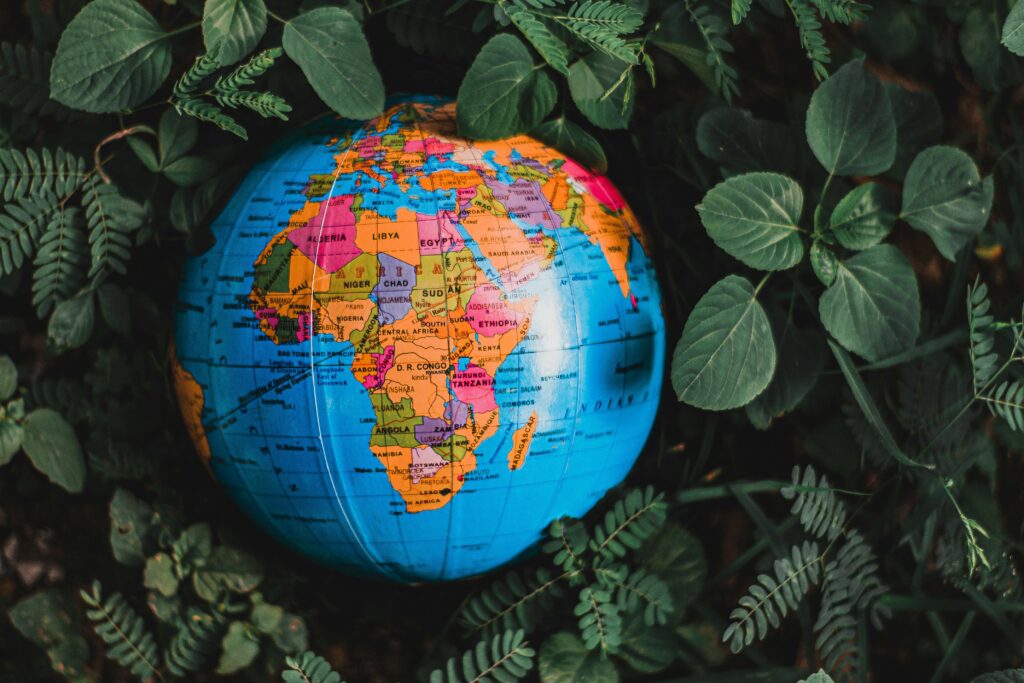
Western nation embassies create the most popular and referenced travel advisories. While these reports claim objectivity and a lack of “influence from diplomatic, political or commercial considerations,” they perpetuate a narrative of the Global North evaluating and judging the Global South, compared to a mutual collaboration to understand the real threats to travelers.
Most African countries range from a level 2 (Exercise a high degree of caution) to a level 4 (Do not travel). Only six out of 54 countries are deemed safe to ‘exercise normal safety precautions’ while traveling. Despite breathtaking destinations, tourism in Africa often bears the vestiges of colonial exploitation rather than embracing mutual respect for the continent and its people.
Current Realities: Storytelling and Borders that Divide
In recent years, Africa has witnessed a paradigm shift in perception, with a narrative driven by Africans. Technological advancements and enhanced digital connectivity have fueled enthusiasm for African travel, leading to increased tourism arrivals. However, the legacy of colonial-era infrastructure limitations still looms, hindering seamless travel across the continent.
The challenges of intra-Africa travel are multifaceted. Limited point-to-point markets and the absence of robust hub-and-spoke networks impede efficient connectivity. As a result, travel within Africa often remains confined to regional zones, with lengthy flight durations and exorbitant costs across regional zones deterring potential visitors. The lengthy flight durations are no surprise given the sheer size of Africa, 30.37 million sq km (11.7 million sq mi).
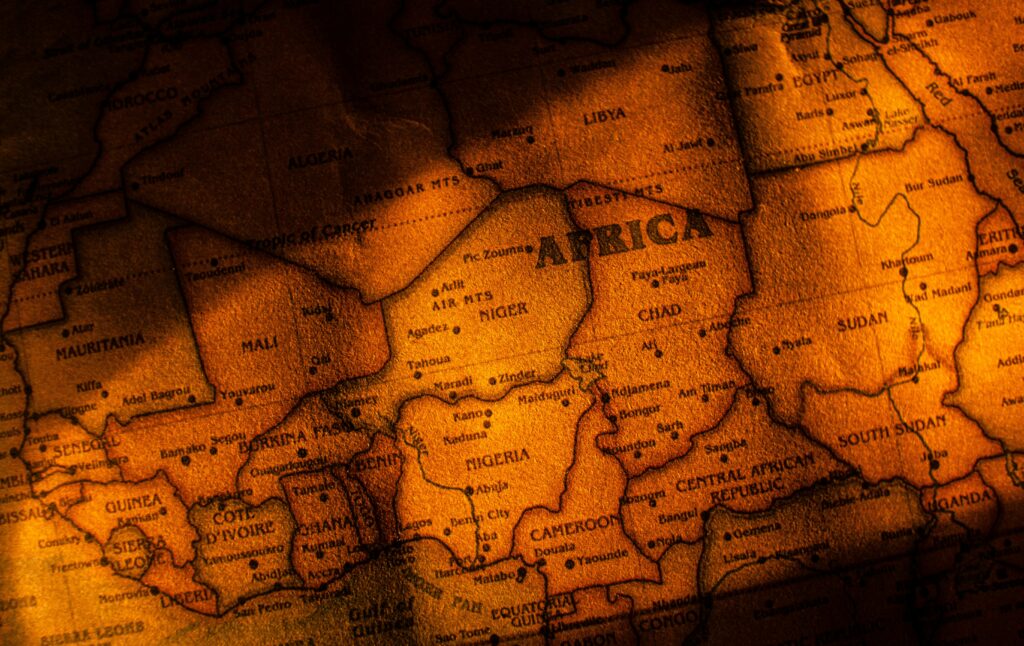
However, the costs of cross-regional travel in Africa are shocking. They are often equal to or double the costs of traveling outside the continent. Despite the emergence of African airlines, which one would expect to reduce flight costs, the continent’s share of the global passenger air travel market remains disproportionately low, so the industry cannot benefit from high volume and lower costs.
While initiatives such as the Africa Continental Free Trade Agreement (AfCFTA) and the proposed African passport hold promise for facilitating intra-Africa travel, significant hurdles persist. The practical implementation of these initiatives requires concerted efforts to address logistical, regulatory, and security concerns. Intra-Africa travel hurdles beg the question: what needs to come first – connectivity and passenger transportation improvements or destination development?
Facilitating Sustainable Tourism: A Vehicle for Development
Obstacles like those I encountered while planning cross-regional travel underscore a broader issue plaguing the African continent: inadequate transportation infrastructure and limited connectivity.
Meanwhile, sustainable tourism, with its enormous potential to drive economic development and conservation efforts, hinges on efficient transportation networks. According to a World Bank Report, the tourism sector already accounts for one in every 20 jobs in Africa, with the potential to create millions more over the next decade.
Nevertheless, leveraging sustainable tourism as a vehicle for development needs to be a carefully curated game of systems and incentives. Sustainable tourism development must, therefore, take into account all stakeholders. Tourism boards, DMOs (Destination Management Organizations), and businesses can and should incentivize communities to protect and care for natural and historical attractions.
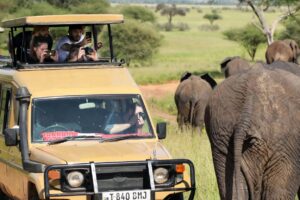
When these attractions generate and diversify income sources for communities, it results in a positive feedback loop of continued conservation. Natural attractions are often found in rural areas that could benefit from economic opportunities.
Additionally, several sectors feed into tourism – agriculture, creatives and handicrafts, and manufacturing.
Therefore, if a country’s tourism sector places great emphasis on developing and sourcing from local supply chains, a boost in tourism can mean greater demand and growth for other closely related sectors.
However, realizing all of tourism’s economic and social benefits is contingent upon addressing the connectivity challenge.
Looking Ahead: The Imperative of Travel Connectivity
Why should we prioritize improving transport connectivity within Africa, and why now?
The answer is two-pronged.
Firstly, the African continent has immense potential as a tourism destination.
- Africa’s tourism sector has exhibited robust growth, outpacing global averages and rebounding swiftly from the COVID-19 pandemic. With projections indicating continued expansion in the years to come (about 5.1% growth yearly), the imperative for enhanced connectivity becomes clear.
- Africa’s status as the “last tourism frontier” underscores the urgency of investing in transportation infrastructure. From undiscovered gems to pristine natural landscapes, the continent boasts a wealth of attractions awaiting exploration while other regions and continents are fast approaching their saturation points. However, realizing this potential hinges on overcoming the logistical barriers that impede intra-Africa travel.
- Improving connectivity within Africa can profoundly impact economic development and environmental conservation. Improved connectivity can bolster conservation efforts and biodiversity preservation by facilitating access to protected areas and virgin forests. This access can support research and sustainable tourism activities, incentivizing communities to preserve their environments. Consequently, enhanced transportation networks can unlock new opportunities for job creation and revenue generation, particularly in rural areas.
Secondly, African people have vast potential as customers in the tourism sector and as the human capital engine powering it.
- Africa has a booming youth population, projected to reach 2.4 billion by 2050, all in need of entrepreneurship and employment opportunities, which are abundant either directly or indirectly through the tourism sector
- The youth demographic is driving the growth of the adventure tourism market, for which the African continent is well-positioned. Tourism forecasts by UN Tourism “predict the region will receive 77 million arrivals by 2020 (compared with just over 30 million in 2010), 50 million of which will be intra-regional visitors”
- With a burgeoning middle-income demographic in the continent eager to explore other countries and cultures, alongside a growing appetite for adventure tourism, the demand for intra-Africa travel is poised to soar, underscoring the significance of investing in transportation infrastructure.
Conclusion: Navigating the Path Forward
In conclusion, the future of tourism in Africa hinges on our ability to overcome the barriers of connectivity and transportation. As we strive to unlock the continent’s vast potential, we must prioritize investments in transport and travel infrastructure and sustainable destination development strategies. By addressing infrastructure gaps, streamlining regulatory frameworks, and fostering cross-regional cooperation, we can pave the way for a thriving tourism sector that benefits all Africans and preserves the continent’s rich natural and cultural heritage. East Coast or West Coast, the journey towards realizing Africa’s tourism potential begins with bridging the gaps that separate us and forging a path towards a more connected and prosperous future.
